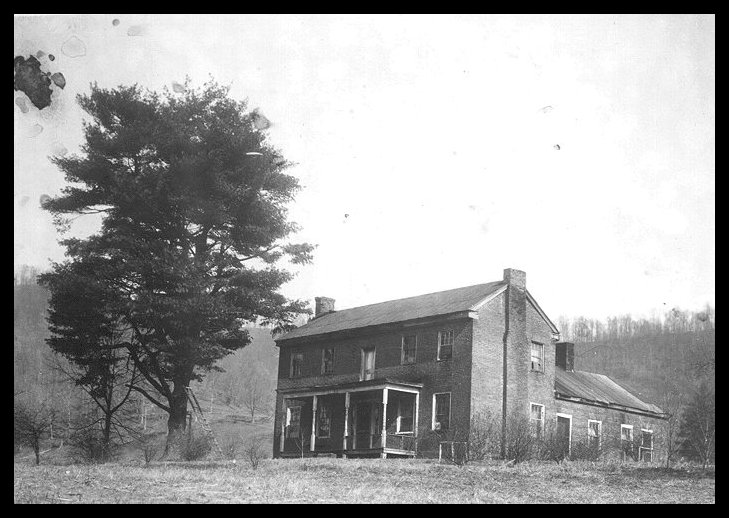During the first few months of the war, Kentucky remained neutral. The August 1861 election, however, sent a Unionist majority to Frankfort. The new legislature voted to suppress the rebellion, and Federal marshals began arresting men suspected of treason. In September, 1861, Floyd County became a sanctuary for fleeing Confederates, and a Confederate recruiting post was established near Prestonsburg.
During the Spring and Summer of 1861, while Northern and Southern States were mobilizing for war, peace-loving Kentuckians were fighting to keep their state neutral. Their hopes were dashed by the August 1861 election, which sent a Unionist majority to Frankfort. When the new legislature convened in early September, it passed laws which encouraged Federal occupation and suppressed the rebellion. Federal Marshalls began arresting men suspected of treason, and Federal troops took possession of Paducah, Louisville, and other strategic points. The Confederates countered by establishing recruiting posts at Bowling Green and Prestonsburg.
Although Eastern Kentucky was politically divided, Confederate feeling in the region ran high enough for it to be considered a Confederate sanctuary. In late September, 1861, former U.S. Senator John C. Breckinridge of Lexington, fleeing arrest, passed through Prestonsburg on his way to Southwestern Virginia. He stopped long enough to visit the Samuel May Farm north of town, where he made a morale-boosting speech to the men of the newly-organized 5th Kentucky Infantry, C.S.A., camped in May's pasture.
By early October 1,000 men were being drilled at the May Farm, and more were arriving daily. This development alarmed the Union authorities at Louisville, causing General William T. Sherman to order Brigadier General William "Bull" Nelson to go to Maysville, take command of four newly-organized Ohio regiments, march up the Pound Gap Road, and drive the Confederates out of the Big Sandy Valley.
Following the Battle of Ivy Mountain, fought on November 8th, 1861, Nelson occupied Pikeville, forcing the 5th Kentucky and its new commander, Colonel John S. Williams, to retreat to Pound Gap. Nelson then marched his troops out of the region, judging that the lateness of the season and their lack of supplies made a Confederate counter-attack unlikely.
Nelson underestimated the Confederacy’s determination to hold on to the Big Sandy Valley, however, and in mid-December, 1861, General Humphrey Marshall, starting from his base at Wytheville, Virginia, moved through Pound Gap and occupied Pikeville, Prestonsburg, and Paintsville with a force composed of three infantry regiments, a cavalry battalion, and a battery of artillery.
When Don Carlos Buell, the Union commander in Louisville, learned of Marshall's invasion, he contacted Colonel James A. Garfield, placed him in command of the 18th Brigade of the Army of the Ohio, and gave him the mission of driving Marshall's Confederates out of the Big Sandy Valley. This set the stage for the Battle of Middle Creek, which occurred on January 10th, 1862. |



